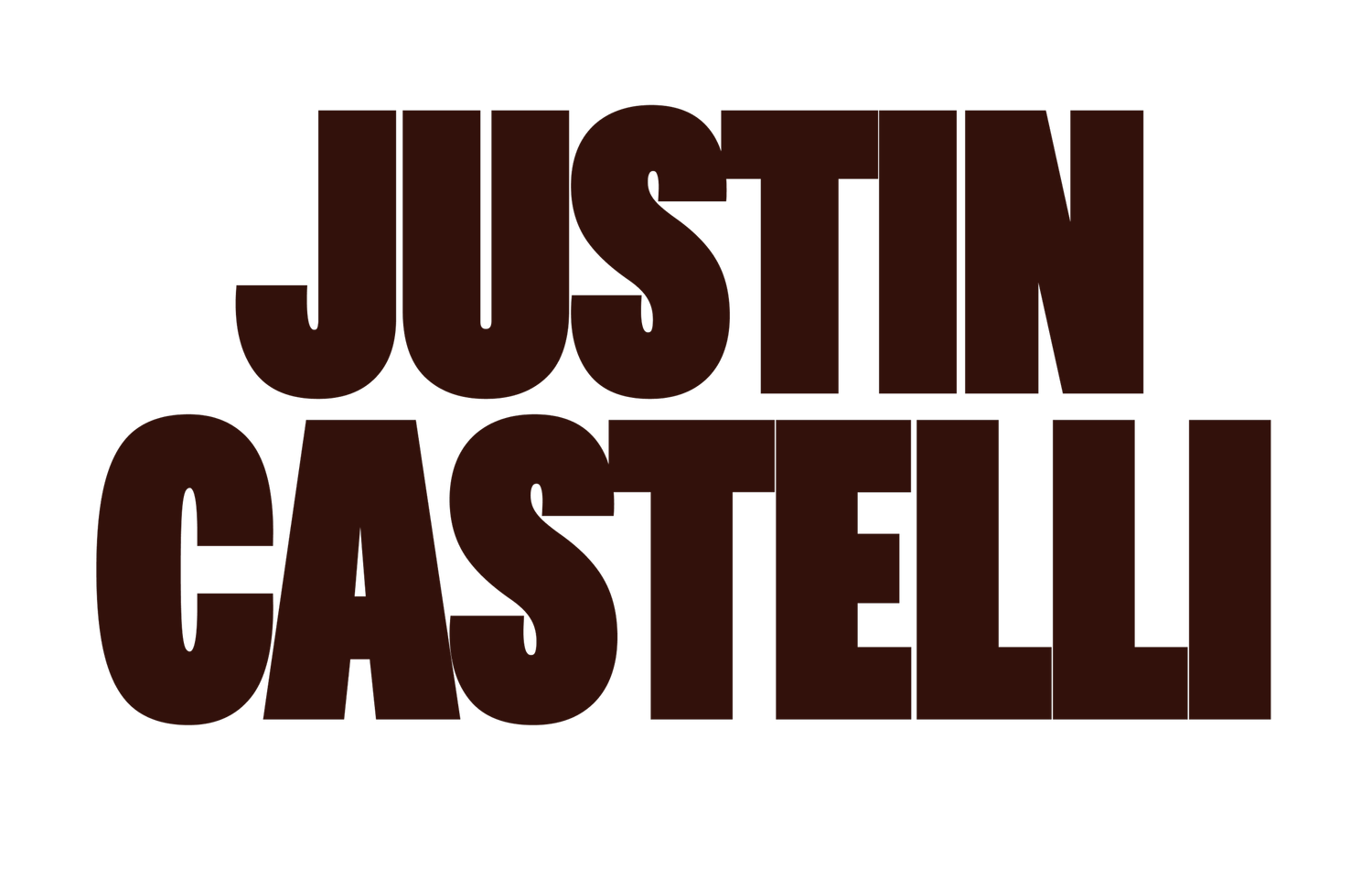Breaking Through Thermal Layer
When sitting in a cold plunge with just water, ice, and no water circulation, your body builds a thermal layer—think of it as an invisible barrier that keeps the water directly around you a little warmer than the rest of the water in the tub.
Sitting in the cold water, you are unaware of the impact the thermal layer is having on your experience—even with the thermal layer doing its thing, the water is still cold and the experience of sitting in the tub is challenging—until you move. The slightest shift of an arm or adjustment of a leg brings a fresh shock of cold water, reminding you of just how cold the plunge is. When you move, you break the thermal layer and the colder water kept at bay has a direct path to your body.
When I first started doing cold plunges, I realized whenever I would move the initial hurt of the cold water would return, so I did everything in my power to sit still and not move until my three minutes were up. The initial shock of the cold water was enough for me, I didn’t need to continue to relive it with each movement I made. I tried to find comfort in the cold and do my best not to disrupt that comfort.
I didn’t start doing cold plunges focusing on maximizing the health benefits—for me, those were added benefits. I started doing cold plunges because of the challenge of committing to getting in cold water and staying there for a few minutes. I hate being cold—give me heat over cold any day. Initially, just getting in the tub and staying in for three minutes was enough for me. But as each day passed and I began to look forward to the plunge and overcoming my disdain for being cold, I realized moving throughout my time in the water and breaking my comfort continuously challenged me—I won’t say the plunges got easier, but after a few seconds in the water the formation of the thermal layer made the experience much more tolerable.
With this tolerance, I realized my growth was being reduced.
The experience in a cold plunge tub is not all that different from our experience through life. We seek comfort and then try to stay in that comfort, even if we aren’t truly happy. For many, the disruption of comfort is more painful than the unhappiness or lack of fulfillment they are experiencing in their lives.
If your goal is to find and live your authentic life, you are going to have to disrupt your comfort, break the thermal layer in your life, and move around to challenge your Self, grow, and mix up your experience—this is true even if you are living your authentic life.
The authentic life is not found sitting still—it’s found and continues to be lived through changing your experience, experimenting with new ideas, and looking for opportunities to grow.
See you tomorrow and keep pursuing,
JC
